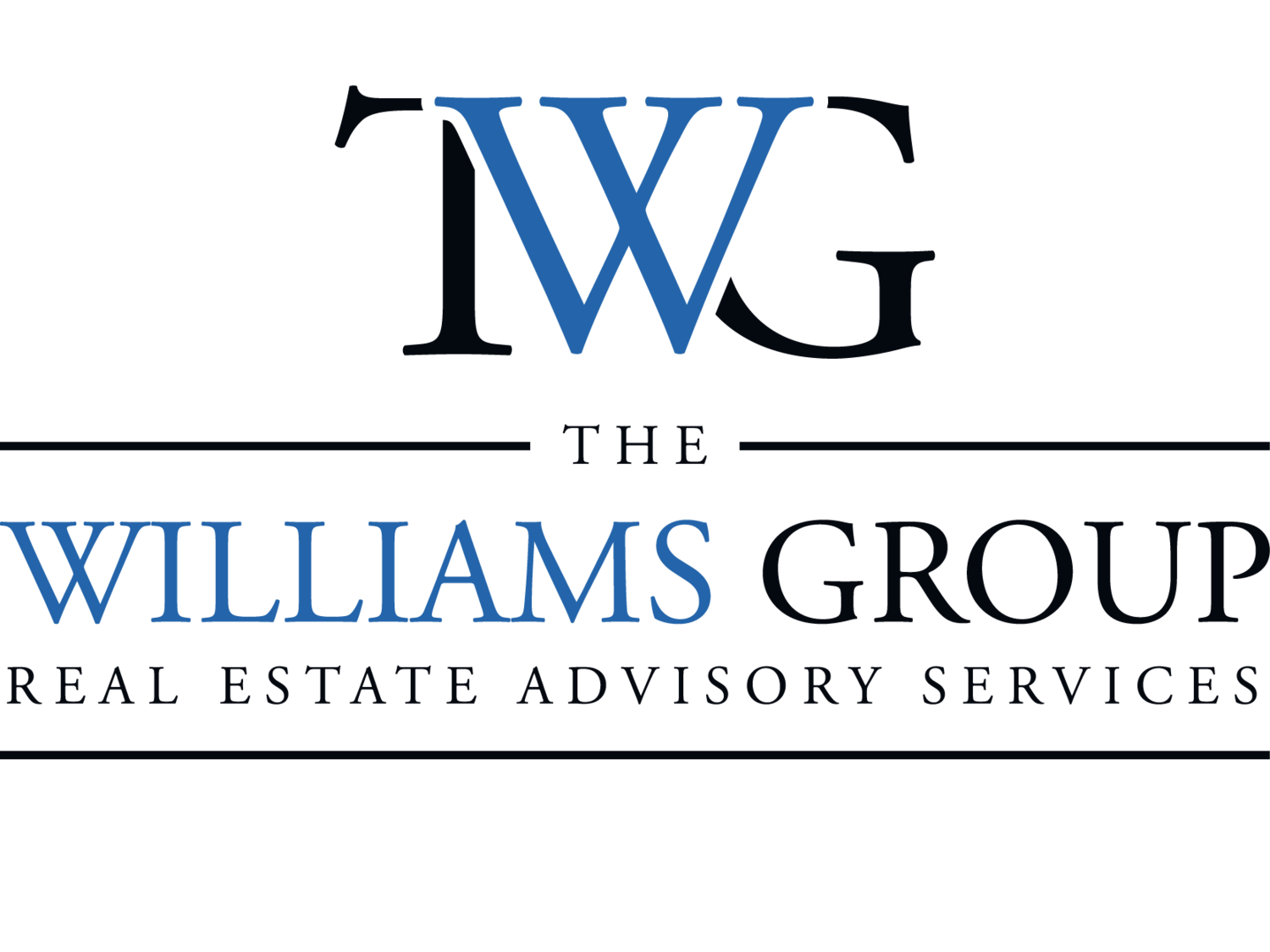Malls “brace-brace”
“A Change is Gonna Come”
For the time being, Globalization has taken a back seat, if not figuratively, but in actuality. Americans and the world are taking a seat and staying at home. What does that mean for real estate, and most specifically, logistics and distribution space?
While there have been covid related factory shutdowns and a major product movement slowdowns early in the pandemic, after 8 months, the population has grown weary of the pandemic and the way they live and do business has shifted dramatically. E-commerce and associated product movement is now at an all time high.
Work at home, stay at home: Workers who are working at home are now indicating they would like to continue to work at least one day per week at home even post covid-19? What does this mean for products? More technology at home? Perhaps building or setting up a new in home office?
Retail and online shopping: Shopping online has taken a whole new and expanded landscape. E-commerce has seen a 129% increase over previous year in US and Canada. Almost 15% of all retail sales are now online, the biggest single year jump, according to Forbes. Total 2020 sales expected to be $710Billion in the US and $4.5T worldwide. Even after Covid-19 is under control, no forecaster is expecting any change in the e-commerce trends.
Movement of goods: Road, traffic and trucking increases dramatically. If you a have been out on any interstate in the last month, you can plainly see that truck traffic has increased dramatically. As the economy shifts to a more national economy, goods sourcing is more American, made in USA means moving goods within the country more and more.
3pl the future: More trucks on the road indicates demand for more warehousing and not just any kind of warehousing, but modern, technology driven picking and sorting distribution friendly space. 3PL, third party logistics, is expected to grow exponentially. This translates into warehousing and logistics, including shipping by a third party that services online retailers. Instead of a truck of saying “Walmart”, you will now see XPO logistics that may spilt a truck by customer so that a customer uses part of the truck and XPO makes this happen.
Price Consciousness Customers: Lock downs and higher unemployment, translate to more price conscious buyers. As a result, there will be more price-comparison online shopping and supply chain needs speed and efficiency in the suppler chain, including lower cost shipping, to meet this demand. As a result, logistic companies need to focus on high efficiency of route and resource optimization including significant automation.
Distribution Demand: CBRE says that for every $1Billion growth in e-commerce sales translates into an additional 1.25 Million SF of distribution demand. No market has seen demand growth like this before. In 2017, CBRE calculated that 30% of all industrial space demand was for e-commerce sales. This trend is only increasing.
Regional malls—“brace brace!”: Malls, especially large 1 Million or more SF regional and super regional malls are in for a precarious future. Can malls be converted to warehousing to meet logistics demands? Maybe yes, but there are challenges. The location needs to be just right, near an interstate of major product movement and near an exit. Space needs to meet height and space necessities. While department stores may be able to be converted to a high bay distribution warehouses, the inline stores present a major challenge and that may mean demolition and rebuilding, which may cost more than just starting from scratch.
Automation and Warehousing the Future: As the future of logistics is warehouse automation, it means self-driving trucks and a warehouse that can handle this kind of equipment, including wide rows, high bays, and rack picking. New warehousing/distribution space to meet e-commerce demands needs to be higher and larger than even 10 years ago. At least 32.3 ft of clear high is now needed and average building size has increased by 184,000 sf. Per JLL, 1.2Million SF of space is the most sought after in 2020.
So, to put it in terms we can comprehend, for every $1B in new ecommerce sales, we need a distribution center the size of a large regional mall, so good-by mall, hello distribution center.
Between 2019 and 2020, with the 129% jump in sales, demands equates approximately 200Million sf of right-sized distribution space for 2020 and beyond demands. Per JLL, in 2020 , 71 Million SF has already been leased to meet ecommerce distribution demands.
Most of the current inventory in the country is in Eastern and Central PA, over 1.4Billion SF. Most of this is along the I-78 corridor. This is great for PA, but sorry, not too many malls to convert on that corridor, that will all be new space to meet demand. This corridor has fabulous east/west access to the country right through the middle north/south axis. Chicago also meets this criteria with 1.2Billion SF of inventory. The North East is a smaller, but densely rich market to serve. The Boston market cannot meet its distribution space demands.
Conclusion: The 4Q 2020 conclusion is two-fold:
If you are a municipality with major N/S or E/W interstate access and control land near an exit, it is time to start marketing to 3PL and creating an on-line presence that advertises these assets. Distribution does not care about quality of life, or housing costs or good schools, it is all about moving the product and access to a small workforce that can manage the automation process.
The second finding is to all those regional malls that are succumbing to e-commerce. Once again, it is essential to be along a major logistics distribution corridor and the more department stores or big space on the pad, the better. With 1.2 Million SF being in the most demand, this may be a not-so sexy alternative for brick and mortar retail.

